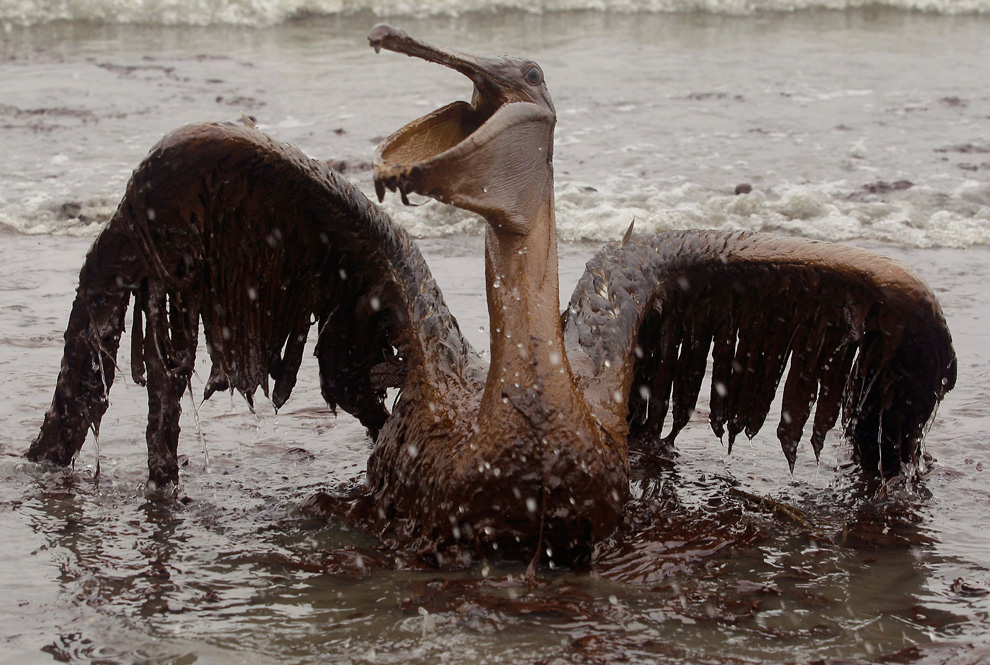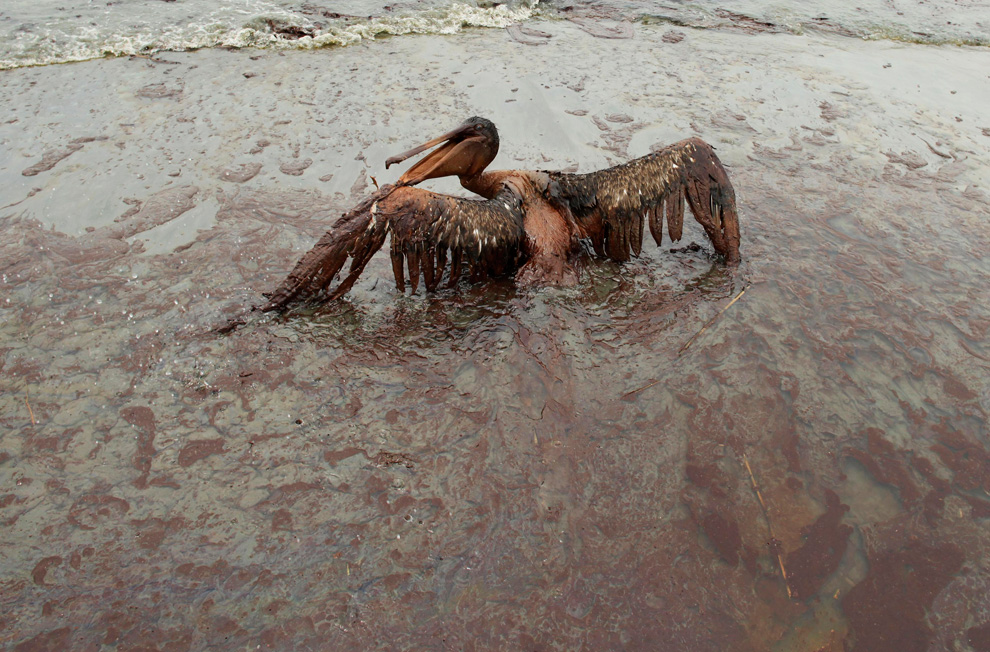The first commercially viable battery was invented in the 1800's by the English chemist Dr. William Cruickshank. Over the years, batteries were adapted to meet consumer needs. They became smaller, held more power, and eventually in 1859 became rechargeable thanks to French physicist Gaston Planté.
Today, batteries come in all shapes and sizes, most of which can be recharged to meet their expected power quality for many years. They're found in cell phones, mp3 players, laptop computers, toys, and--since the mid 1830's--the electric vehicle.
You read it right: the 1830's is the first time in history we saw batteries being used to power vehicles. Built by Robert Anderson of Scotland, it was an electric carriage which didn't require any horse-drawn assistance. So why are we driving gasoline-powered vehicles reminiscent of Karl Benz's model that wasn't invented until 1885?
One definite reason is because Anderson's EV was not rechargeable. Additionally, batteries then weren't very powerful therefore an owner would be replacing the battery far too often to be convenient. It was much easier to continue to use a horse & buggy than bother with this EV. Later, when gas-powered vehicles came around, they skyrocketed due to the highly convenient gas technology. As we all know, it is extremely easy to fill up a tank of gas.
So now we're stuck in a rut with this dated technology. Where we went from typewriters to computers, rotary phones to cell phones, record players to mp3 players, we're still transitioning from gasoline to electric. Instead of improving electric technology over the past 125 years, we've been making gasoline more convenient: 10 miles per gallon has been increased to 100 miles per gallon in some vehicles.
In recent years, car manufacturers have begun to adopt electric vehicle technologies. In 1996, General Motors was the first to mass produce an economical electric vehicle, the EV1, until it was completely taken off the market for unconfirmed reasons as depicted by the 2006 documentary Who Killed the Electric Car?
The problem with electric vehicles is that the technology being released today does not meet the consumer demands that gas engines put out. The Nissan Leaf which comes out this year in 2010 will only allow for 100 miles per charge. While this is acceptable for many, if not, most drivers on the road, it still leaves for much to be desired: road trips would be impossible and require renting a gas-powered vehicle; and those who drive an hour to work every day due to traffic or distance are likely to run out of juice before getting home. EV's that advertise much longer distances such as Tesla Motors can go up to 300 miles per charge, but also cost over $100,000. Also not so consumer friendly.
Other issues with electric vehicles include their overall low reputation for power and speed, the length of time they take to charge (though many newer EV's will come with a quick-charge), and having to install a power station at one's house. This means that if you live in an apartment, you won't be buying an EV anytime soon. At least not until there's a charging station at every block and you wont have to sit at the "pumps" for hours at a time. And while the Tesla Model S pictured above as a great looking car, most EV's are...well...not very pretty.
There are other alternatives out there, however. Motorcycle enthusiasts can enjoy a few different electric motorcycles to choose from, both for on and off-road. A great thing considering motorcycles are the top vehicles for fuel-economy but with the highest amount of greenhouse gas emissions per vehicle (offset by a significantly lower population of motorcycle drivers vs. car, truck, and SUV drivers). There are also a couple electric trucks and SUV's in development including the Phoenix SUT which also offers a 100+ mile range. But while EV's continue to improve, many individuals have reconfigured their diesel engines to run on vegetable oil until more EV options go to market.
Regardless of these temporary drawbacks, electric vehicles are literally and figuratively headed in the right direction as manufacturers make constant improvments. With the British Petroleum Oil Spill under a microscope, the EV is in higher demand than ever before due to a population of people who have had enough with ecological destruction, greenhouse gas emissions, and high gas prices. Though gasoline isn't out of the picture yet, it is time to recharge our batteries.
From top to bottom: Parthian battery dating back to 250 BCE, First electric vehicle built in the 1830's, Tesla Model S, Mission One Sports Bike.
http://www.batteryuniversity.com/partone-2.htm
http://en.wikipedia.org/wiki/Electric_vehicle
http://inventors.about.com/library/weekly/aacarselectrica.htm
http://www.my-dream-cars.com/2008/12/02/history-of-modern-transportation/
http://green.autoblog.com/2007/02/07/the-top-ten-electric-vehicles-you-can-buy-today-for-the-most-pa/
http://en.wikipedia.org/wiki/General_Motors_EV1













